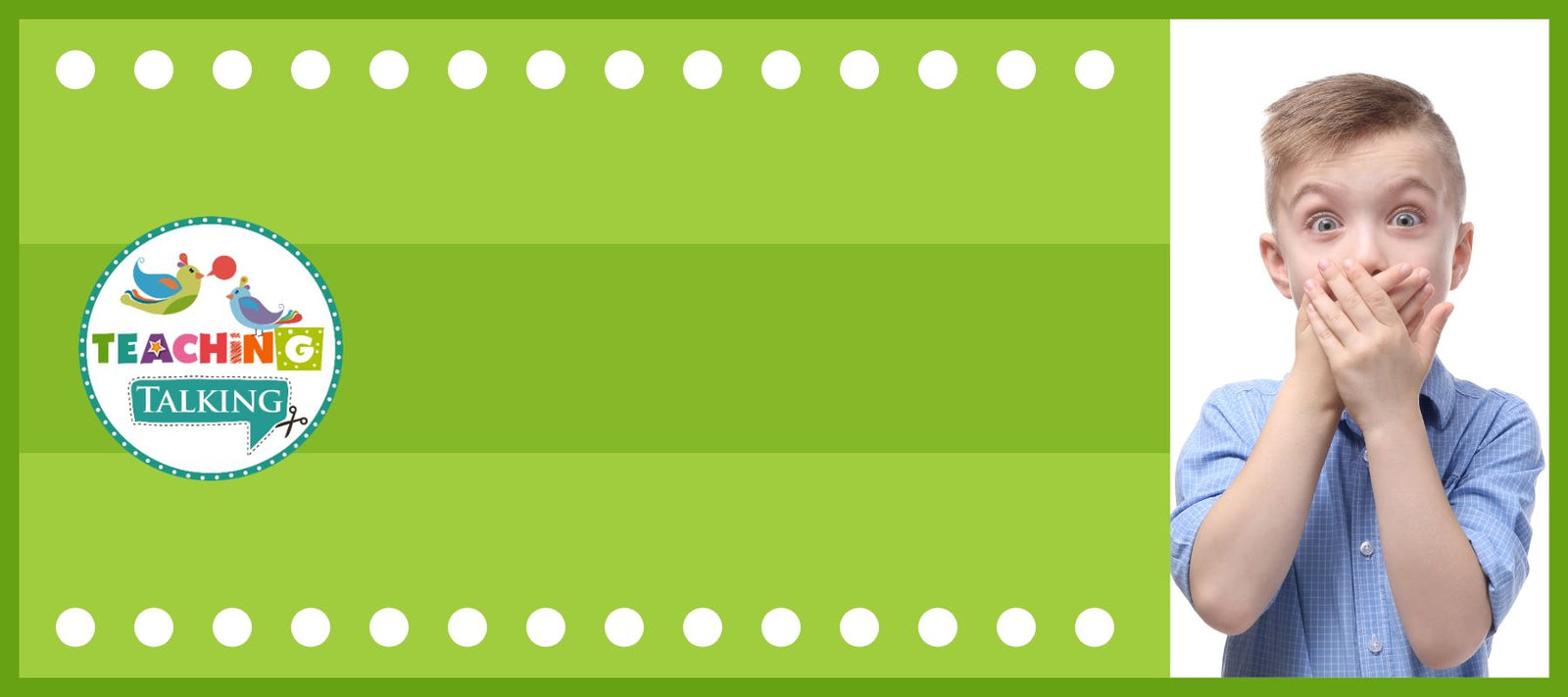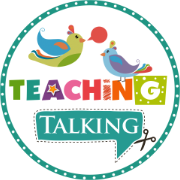
Using Don't Say It for Speech Therapy
April 14, 2015 3 min read
Why Should I Try using Don’t Say It for Speech Therapy?
The Don’t Say It Game is great for encouraging school-aged kids to get creative with their vocabulary and descriptive language.

Number of Players: 2 teams (at least 4 players) but playing cards can be used individually
Ages : 6+ If your students are good readers they will be able to play from age six and upwards. Those who struggle with reading will need a little help, but as this is a team game, that isn’t any problem.
Target: Increase vocabulary skills and encourage team play.
How the game is played: The Don’t Say It Game is a version of Taboo that can be played with younger kids.
The idea of the game is to get your team to say the word at the top of your card, without saying any of the forbidden words underneath. So for example, your target word could be “orange” but you have to describe it without saying juice, fruit, round or citrus. Of course, you can’t say the word orange either!
Adapting the game to your children’s abilities: The thing I really like about this game over Taboo for playing with kids is that you can set the level to play with a mixed group.

The cardholder provided in the box allows you to place the cards so that beginners are only banned from saying two words. However, more advanced players will need to get creative as they can have up to four descriptive words that they are unable to use.
The cards themselves are also graded via a color coding system. Yellow cards get you one point, blue equals two, green is three points and you get four points for correctly guessing a red card.
You can play this straight or you may choose to subtly divide out the cards among the players so that your weakest player gets the easiest cards and score everyone’s success the same.
Eliminate the buzzer/timer if your kids feel under too much pressure – I generally play without it.
Using Don’t Say It for Speech Therapy
This is one game that really needs little variation to be used as a Speech and Language Therapy task. You can just take it right out of the box and play it and know you are helping your kids get creative with their vocabulary.

Make sure you stay involved with the game and check that each player is working at the right level.
The inbuilt system to vary the level of difficulty is ideal for therapy tasks but all kids want to work at the highest level, even if they are not able to so it needs some tactful adult supervision to keep everyone on task.
Determining the correct level for a child is not an exact science and you will need to go through a couple of rounds before you see it. They shouldn’t be so restricted by the forbidden words that they are literally speechless!
On the other hand, it should not be such an easy task for them that the word is guessed boringly quickly, or the other team starts to feel it’s unfair.
You can also use the cards as a word association game. Instead of having forbidden words, I WANT them to tell me the words on the cards as they play a guessing game. I give them one point for every associated word they can tell me and two points if that word appears on the card.

I would highly recommend this game for an add-on task at home for children who are attending therapy for language development issues or as a classroom time-filler with guaranteed educational value.
Now you know all there is to know about using Don't Say It for Speech Therapy – are you ready to play? Have fun!
Subscribe
Sign up to get the latest on sales, new releases and more …



